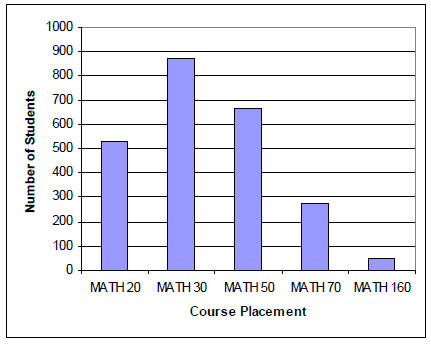Figure 2.14 Student Placement in Math , Fall 2007
(N=2,389)

MATH 20, Basic Mathematics, is a review of the
basic principles and
skills of arithmetic. The general areas of review are: 020A- operations with
whole numbers and fractions ; 020B- operations with decimal fractions and
percentage problems; 020C- elementary descriptive statistics, geometry
and measurement, and the metric system. This is non-degree credit
course.
MATH 30, Pre -Algebra, is designed to strengthen the
student’s arithmetic
and informal geometry skills and provide an introduction to the
abstractions of algebra. The course provides practice using fundamental
principles of rational numbers , order of operations, and solving linear
equations. It is designed primarily for students who know the
fundamentals of arithmetic and have had little or no background in
algebra. This is a non-degree credit course.
MATH 50, Algebra, is designed for students who have
had no prior
training in algebra or need a review of algebra. Topics include: 050Anumbers
and their properties, operations with integers, exponents, and
first- degree equations ; 050B-operations with polynomials, factoring, and
solving quadratic equations; 050C- linear equations , linear graphs, slopes,
systems of equations , and operations with fractional express-ions;
050Doperations
with radical expressions , quadratic equations and inequalities .
This is divided into four modules.
MATH 70, Intermediate Algebra, is meant to prepare
students for higher level mathematics courses and several courses in the area of
science, business, and
technology. This course is a study of linear and quadratic equations and
inequalities, systems of linear equations, polynomials, exponents and radicals ,
relations and
functions, graphs, exponential and logarithmic expressions , and the binomial
expansion . Additional topics might include conic sections, sequences and series,
or
determinants and Cramer’ s rule .
MATH 160, College Algebra, covers linear,
quadratic, polynomial, power, exponential, and logarithmic functions and their
applications. These functions will be
approached from a graphical, numerical , and analytical point of view.